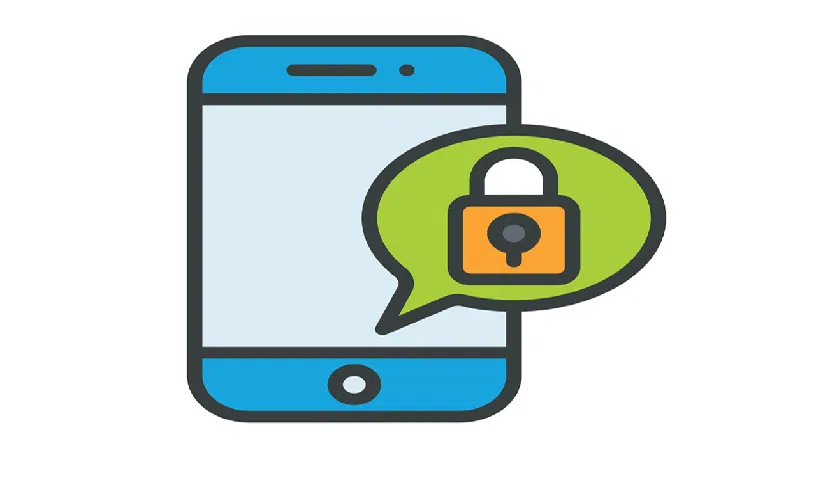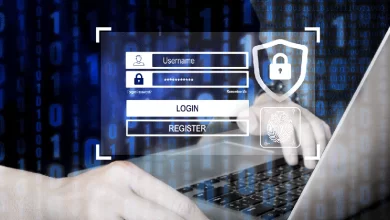
End-to-end encryption, also known as E2EE, means that messages are scrambled so that only the sender and recipient can see them. If anyone else intercepts the message, all they will see is a garble that can’t be unscrambled without the key
London: After a sprawling hacking campaign exposed the communications of an unknown number of Americans, US cybersecurity officials are advising people to use encryption in their communications.
The advice includes one tip we can all put into practice with our phones: “Ensure that traffic is end-to-end encrypted to the maximum extent possible.”
End-to-end encryption, also known as E2EE, means that messages are scrambled so that only the sender and recipient can see them. If anyone else intercepts the message, all they will see is a garble that can’t be unscrambled without the key.
Law enforcement officials had until now resisted this type of encryption because it means the technology companies themselves won’t be able to look at the messages, nor respond to law enforcement requests to turn the data over.
Here’s a look at various ways ordinary consumers can use end-to-end encryption: Texting
Officials said the hackers targeted the metadata of a large number of customers, including information on the dates, times and recipients of calls and texts. They also managed to see the content from texts from a much smaller number of victims.
If you’re an iPhone user, information in text messages that you send to someone else who also has an iPhone will be encrypted end-to-end. Just look for the blue text bubbles, which indicate that they are encrypted iMessages.
The same goes for Android users sending texts through Google Messages. There will be a lock next to the timestamp on each message to indicate the encryption is on.
But there’s a weakness. When iPhone and Android users text each other, the messages are encrypted only using Rich Communication Services, an industry standard for instant messaging that replaces the older SMS and MMS standards.







